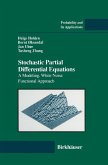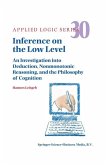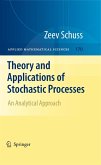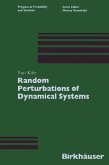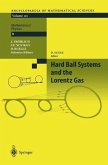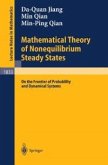In addition to the detailed presentation of the set-up and mathematical results, applications to problems in physics, biology, and climatology are discussed. The emphasis lies on noise-induced phenomena such as stochastic resonance, hysteresis, excitability, and the reduction of bifurcation delay.
Nils Berglund joined the research group "Classical and Quantum Dynamics" at the Centre de Physique Théorique (CNRS) in Marseille-Luminy in 2001. He teaches in the Mathematics Department of the Université du Sud Toulon-Var.
Barbara Gentz joined the research group "Interacting Random Systems" at the Weierstrass Institute for Applied Analysis and Stochastics (WIAS) in Berlin in 1998. She teaches in the Institute of Mathematics at the Technical University in Berlin.
Dieser Download kann aus rechtlichen Gründen nur mit Rechnungsadresse in A, B, BG, CY, CZ, D, DK, EW, E, FIN, F, GR, HR, H, IRL, I, LT, L, LR, M, NL, PL, P, R, S, SLO, SK ausgeliefert werden.
Hinweis: Dieser Artikel kann nur an eine deutsche Lieferadresse ausgeliefert werden.
"This well-written book presents an approach based on a series of articles of both authors. The main aim is a characterisation of typical sample paths for slow-fast systems. Presenting a detailed exposition of the setup and mathematical results, as well as a path to recent applied research, the book is aimed at a wide range of readers, from advanced students to researchers in mathematics, physics, or engineering." (Dirk Blömker, Mathematical Reviews, Issue 2007 b)



